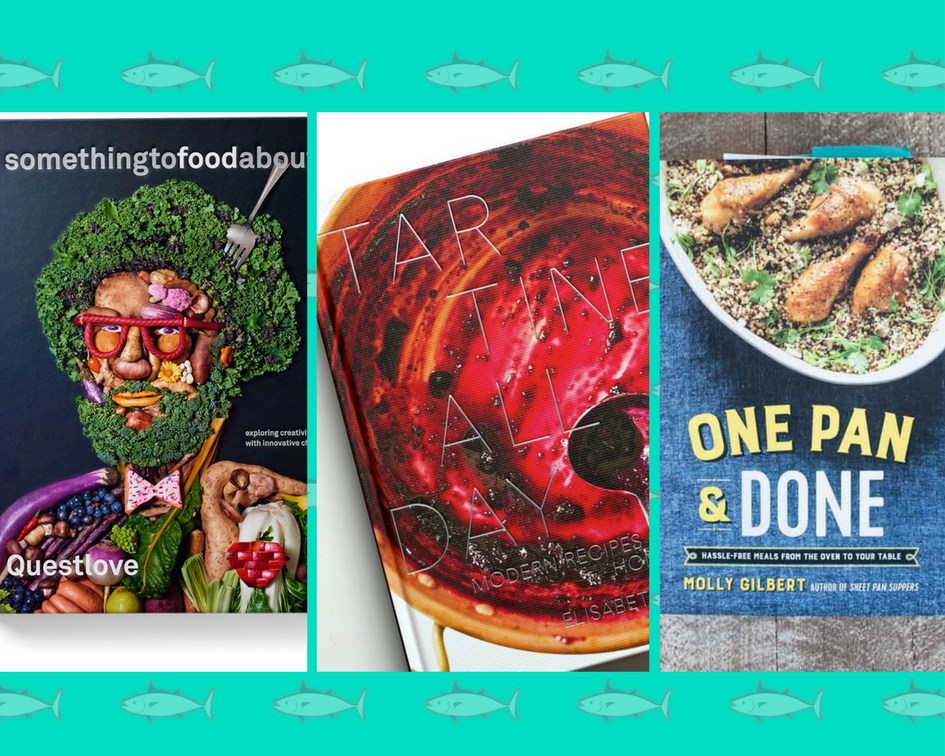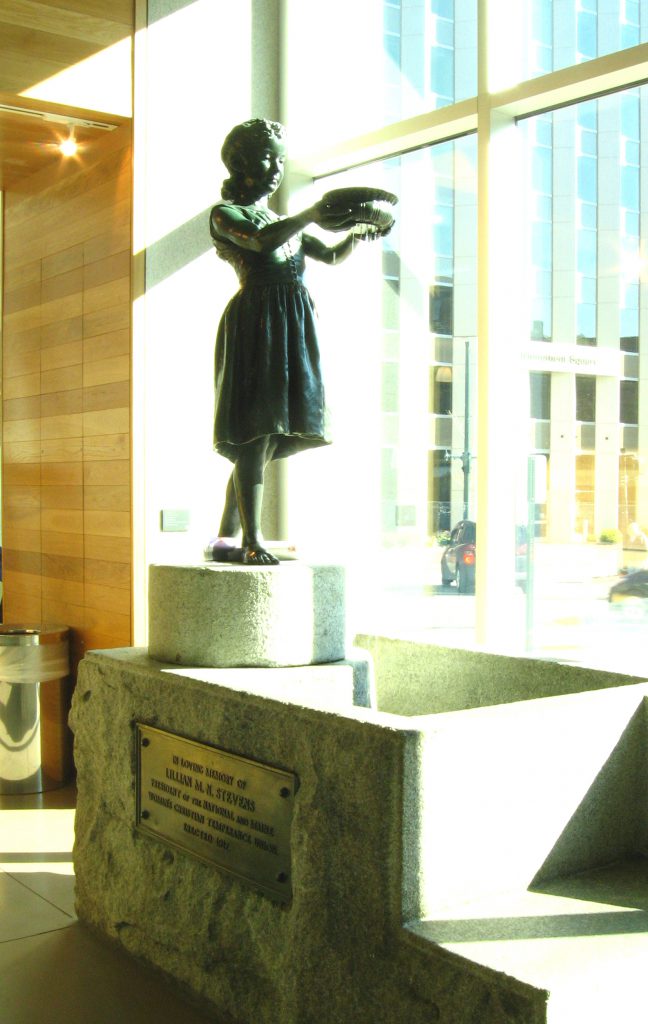Now & Then: art exhibit 150 years in the making
posted: , by PPLtags: Director's Updates | Exhibits & Displays | Adults | Seniors | Art & Culture | Portland History
Visit the new art exhibit in our Lewis Gallery, something special for the Library’s 150th anniversary! We are very proud of this show, Now & Then: PPL’s Collection Reconfigured, a side-by-side exhibit of items from the Library’s own art collection and archives next to new pieces created by 11 local artists in response. These artists toured over 150 prints, paintings, sculptures, and historic documents to select their partner piece.
Our theme for this illustrious 150th year is the significance of our past, and our ongoing impact into the shared strength and riches of our community now and into the future. This show includes art that tells how the Portland Public Library was founded just 6 months after the terrible fire that destroyed Portland in 1866, and the Public Library emerged as one of the “greatest wants” in the community, decades before other great cities including New York and Philadelphia had theirs.
From 19th-century portraits of Portland’s preeminent philanthropists to Victorian Era fashion books, from age worn maps to grand oil paintings of seascapes, the artists of Now & Then have taken a variety of pieces, applied their creative lens, and generated new works that reimagine their historic, artistic, and cultural impact. To make any librarian proud, many of the artists also researched the history and cultural significance of the original pieces to further inspire their work.
Now & Then includes artists Kenny Cole, Ellen Gutekunst, Séan Alonzo Harris, Larry Hayden, Alison Hildreth, Devon Kelley-Yurdin, Mike Marks, Mitchell Rasor, and Julie Poitras Santos. The exhibit posters were designed and printed by Pickwick Press artists Pilar Nadal and Rachel Kobasa.
We are thrilled to display these Library gems which continue to inspire imagination and new stories, as told through the talents of these wonderful artists. Special thanks to our sponsors People’s United Bank for making this exhibit possible. The Now & Then exhibit is on view until July 22, 2017.
Keep an eye out for our other anniversary activities including My Card, My Story for you to tell us your library story right now! #PPL150 #PPLcelebrates












